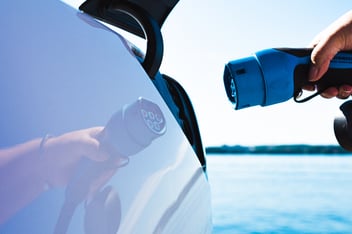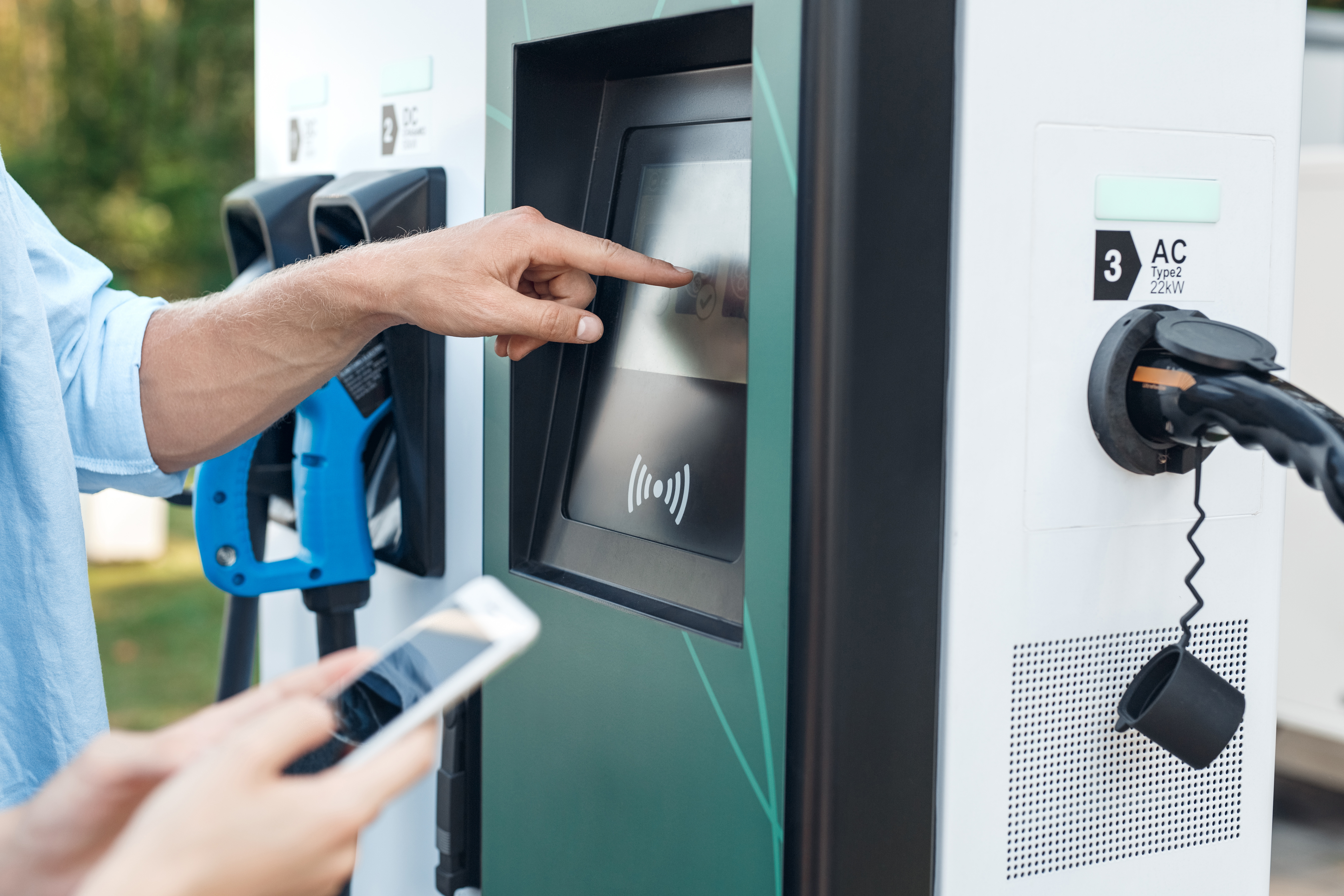
EVA Global Announces Appointment of Veteran entrepreneur and E-Mobility Specialist, Jane Hoffer, as CEO
December, 2023 / Blog
Only 3 years ago, Europe reached 190,000 publicly available EV (Electric Vehicle) chargers, a number that has since doubled and is now at 445,000 public chargers in early 2022. While accessibility is increasing for the public, we should ask if we are truly achieving real “Access for All”, for people with special needs who currently use EVs, their caregivers, support drivers, and passengers.
Opening complete access to eMobility means ensuring that every driver can transition from ICE to EV seamlessly, using both infrastructure and services on the market hassle-free. This includes proper location access, proper signage, charging stations that are wheelchair accessible, cables that are long enough and light enough in weight, convenient payment solutions, and specialised omnichannel customer support.
Since the company's beginning, EVA Global has been committed to meeting the needs of all EV drivers through unique customisations in EV driver support. A special priority has been to develop a solutions approach that strives for an improved charging experience for electric drivers, especially if the driver may have a disability, leaving no room for doubt or confusion.
Step 1: Transforming the EV Charging Experience
In a recent EV Driver Survey conducted by EVA, more than 500 drivers across Europe were asked, “What are the limitations or barriers you face, in accessing public charging?” with 48.9% of respondents answering that a lack of availability due to charger malfunctions, as well as limitation in having easier access to public charging.
A majority further conveyed there should be improved customer support access, for example a 24/7 call helpline. As different charge providers require different processes to enable charging to take place, sometimes frustrating participants with the payment process, puzzling instructions, or poor labelling on charge point units.
While confusion may arise at a charge point, EVA Assists comes to the rescue through the support of over 150 EV experts (available 24/7), helping EV drivers across all major communication channels in multiple languages. Drivers can reach out to our specialised support team via their preferred communications method; voice call, email, video, SMS, and social media channels Facebook, Twitter, LinkedIn, Instagram, or eMobility navigation apps.
This flexibility in different digital communication channels for a driver with special needs, for example, someone that is hearing impaired, allows them to choose a communication method they prefer. This preference results in direct access to information and supports our belief of leaving no driver behind. More recently, we have launched our new video service, which enables EV drivers with hearing impairment that may require technical support to communicate in sign language. Watch the video below!
Step 2: Minimise Anxiety & Provide More Information on Charge Points
When mapping out longer journeys in an electric vehicle, it has been frequently described as complex and confusing, with drivers typically feeling like they had to carry out significant research when charging an EV. For a special needs EV user, it can be more difficult because of the need to determine charge point accessibility and functionality ahead of arrival and accessibility of local amenities.
Part of the solution we offer is EVA Assures, a service that actively monitors charging stations at the first sign of irregular behaviour. Delivering a real-time view of EV charging points, simplifying life for both charge point operators, and helping drivers hit the road confidently. Our team can remotely troubleshoot and analyse charger diagnostics to determine a solution for any station malfunction in real time. Knowing if a charger has malfunctioned and will be caught ahead of time for quick maintenance and repair, ensuring network availability is maximised and driver confidence when arriving at a charger destination.
Step 3: Building & Planning a Better Environment
Finally, whether a municipality, charge point operator, or business retail, a well-planned charging station area, ensures accessible parking, with room to manoeuvre around the vehicle, a key concern for disabled people, the elderly, even families with baby buggies to allow support walkers or devices. In a public charging environment, the ability to fully open doors, EV chargers designed with longer charger cables, space for wheelchair movements, and easy manoeuvre equipment that can use ramps, lifts, and accessible pathways are critical for public charging infrastructure.
While developers often find monetary and logistical issues surrounding installing a charge station, the costs of fixing design faults are essential to delivering on the ambition of having accessibility for all.

December, 2023 / Blog

November, 2023 / Blog

